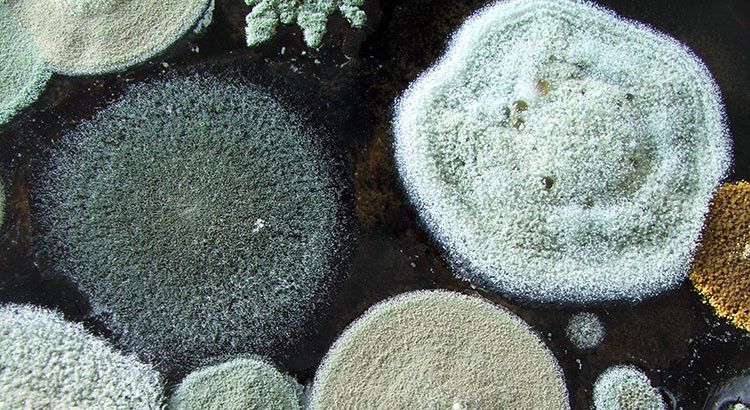Are you Living in an Area with Risks of Toxic Mold?
If you are living in an area where the relative humidity is above 55%, you are very much liable to health risks caused by toxic molds. Black Mold, also known as Stachybotrys Chartarum. Stachybotrys Chartarum is a greenish-black fungi found worldwide that colonizes particularly well in high-cellulose material such as straw, hay, wet leaves, dry wall, carpet, wall paper, fiber-board, ceiling tiles, thermal insulation, etc. The fungus, before drying, is wet and slightly slimy to touch. Stachybotrys is considered a toxic mold and is one of the major health risk providers.
Species of Black Mold
There are about fifteen species of Stachybotrys worldwide. Contrary to popular belief, this type of fungus does not grow on plastic, vinyl, concrete products, or ceramic tiles. Neither is it found in the green mold on bread or in the black mold on shower tiles. The toxic mold environmental risk may be one of the next major real estate due diligence concerns, especially in property development areas where major flooding has occurred. The problem is that the existence of toxic molds not only includes residential and commercial area flood incidents, but also numerous minor water releases due to plumbing failures, conductive condensation, house water leaks and accidents. The toxic mold concern could also be a problem where fires have occurred on residential properties. For some people, exposure to the toxic mold spores may stay just a “risk”. To others, it may be a real health hazard, with life-threatening results.
Health Risk or Health Hazard?
Whether a potential liability concern is just health risk or a major hazard, there will be paramount in defining the critical level of due diligence and disclosure response by responsible parties. There are already several major lawsuits concerning toxic mold exposure in residential and commercial buildings throughout the United States.
The 10 most common health risks associated with toxic mold are:
1. pulmonary hemorrhage or pulmonary hemosiderosis (primarily in infants)
2. nose bleeds
3. immune system suppression (resulting in increasing numbers of infections)
4. hair loss
5. dermatitis
6. chronic fatigue
7. psychological depression
8. diarrhea
9. sore throats
10. headaches and other flu-like symptoms
Can All Toxic Mold Be Eliminated?
One of the major concerns that many experts have is that one might not be able to permanently eliminate ALL of the toxic mold from a structure. There also remains a great propensity for future reoccurrence. It is therefore recommended that great care be exercised to remove and dispose of all products that have been contaminated by the toxic mold. Another concern is that state’s Health Departments will consider ambiguous and genetic disposition as a response to the inquiries about toxic mold that is made by the public. There will be some people, especially children, which will exhibit more adverse reactions than other persons exposed to the toxic mold. Some of these reactions will include death, lung tissue damage and memory loss. This may also depend on the chemical sensitivity, genetic disposition, and predisposing health history. Currently, most health organizations consider exposure to toxic mold a health risk and hazard. Keep in mind that most responses leading to testing, investigations, and abatement of the toxic mold are due directly to occupant complaints or documented detrimental health effects.
Liability Concerns
Toxic molds may even evolve to a point where it is regarded with the same cautions, response and liability concerns as those attributed to lead-base paint and asbestos. Health hazards and risks associated with concern to exposure to these types of mold are currently considered as short-term effects as opposed to exposure to radon gas in houses, which is considered a long-term health risk. The Stachybotrys fungi cannot be identified by a routine visual inspection. All black molds are not necessarily Stachybotrys. It could be non-toxic black mold. The only method to determine the type of mold present is by sample analysis by an accredited laboratory. Also, it is important to keep in mind that the mold is only a toxic risk or hazard if a person breathes or comes into contact with the spores. Wet mold is not an indoor air quality health risk, but there is a significant potential for the mold to dry and released into the air. Be wary of continuous health problems you might be having. If you cannot find the cause of these problems, chances are they are not really that visible to the eyes. Toxic molds can be as risky to your health as any other environmental factors.
Further Recommended Reading :
Joslyn from the MoldBlogger Team


104 comments